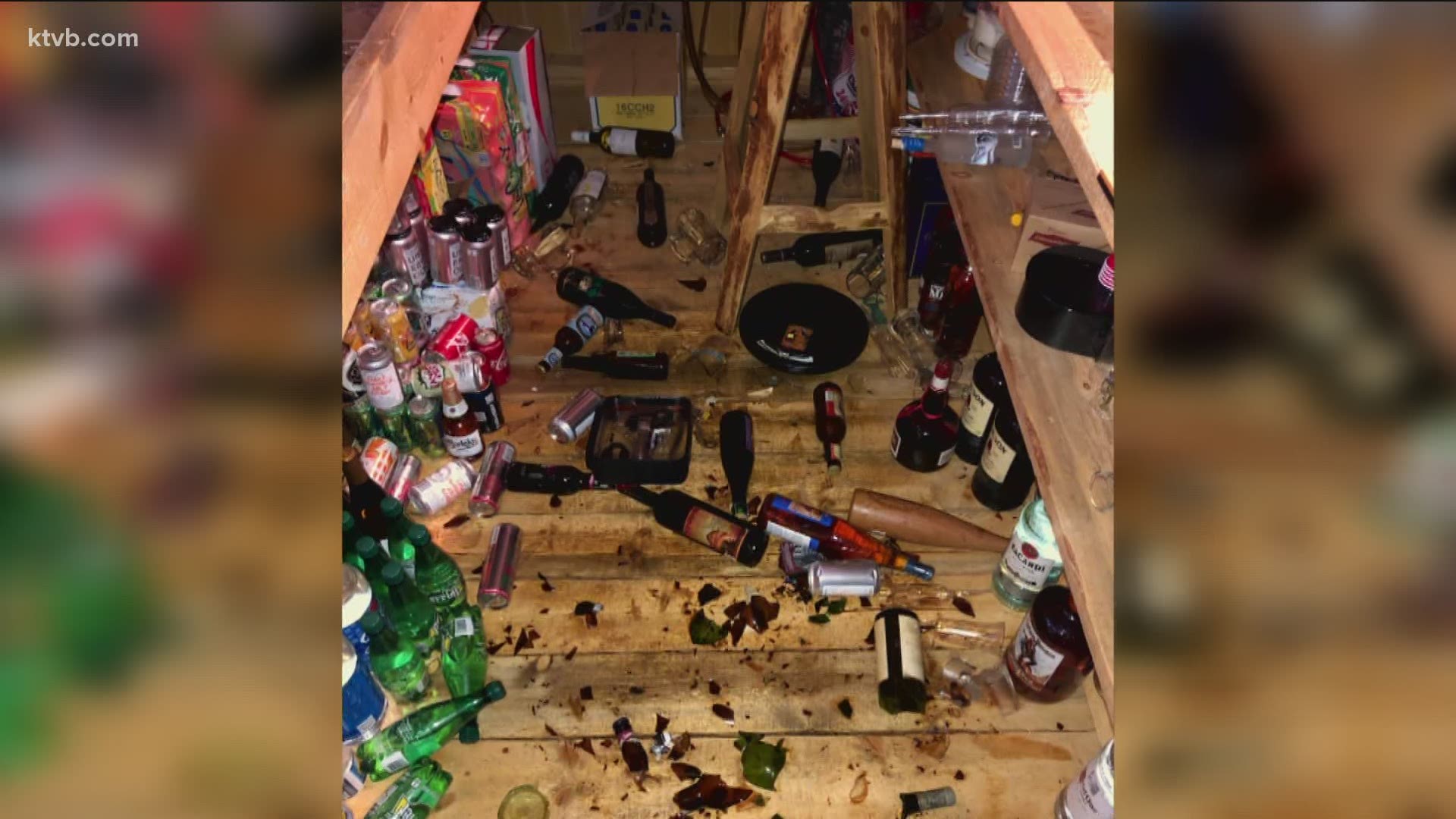BOISE, Idaho — From Boise to Cascade and Challis, people from across Idaho felt the magnitude 6.5 earthquake back in March. On Friday, Lee Liberty, a research professor in the Department of Geosciences at Boise State University, explained to KTVB what scientists have discovered since that earthquake happened north of Stanley.
“Just to be clear, the earthquake sequence isn’t over,” Liberty said.
He along with a team of researchers has been studying the earthquake, its aftershocks, and the potential of another large earthquake happening.
“It's still in the realm of possibilities to have another large earthquake as in something with a magnitude five or a magnitude six that wouldn’t be a surprise because what we know about past earthquakes in Idaho,” Liberty said. “They were all followed by another large earthquake somewhere between six months and a year after the mainshock. So I’m not going to say I’m forecasting a large earthquake to come but it’s within the realm of possibilities.”
Since March, more than one thousand earthquakes with a magnitude of 2.5 or higher have been recorded and they expect to see those aftershocks continue.
“We do know that Idaho is earthquake country, we know that active faults extend throughout the state and we know that this sort of earthquake only or often only happens once every 10 years let’s say, so these sorts of earthquakes are few and far between for scientists to study,” Liberty said.
It was during this recent study, Liberty said researchers were able to learn more about what's known as the Sawtooth fault.
“So, there's some questions we still have in terms of how far north this fault extends and then also how far south will these aftershocks continue to be generated,” Liberty said.
What they do know is most of the earthquakes have now moved farther to the south towards Redfish Lake.
“And they kind of align along what’s been termed as the Sawtooth fault, which has been known to be an active fault for some time now,” Liberty said.
Scientists are now using this research to get a better understanding of what hazards and risks are put there and eventually so they can apply it to other faults in Idaho.
“From my perspective, this was the perfect earthquake; it generated a lot of attention, but there was no damage to property. So to me, this was the perfect opportunity to study the tectonics of Idaho,” Liberty said.
He added that researchers know the Sawtooth fault can generate earthquakes of magnitudes larger than 6.5 and that's one of the concerns they have. They're also especially concerned about earthquakes in the wintertime because of the increased potential for avalanches.

